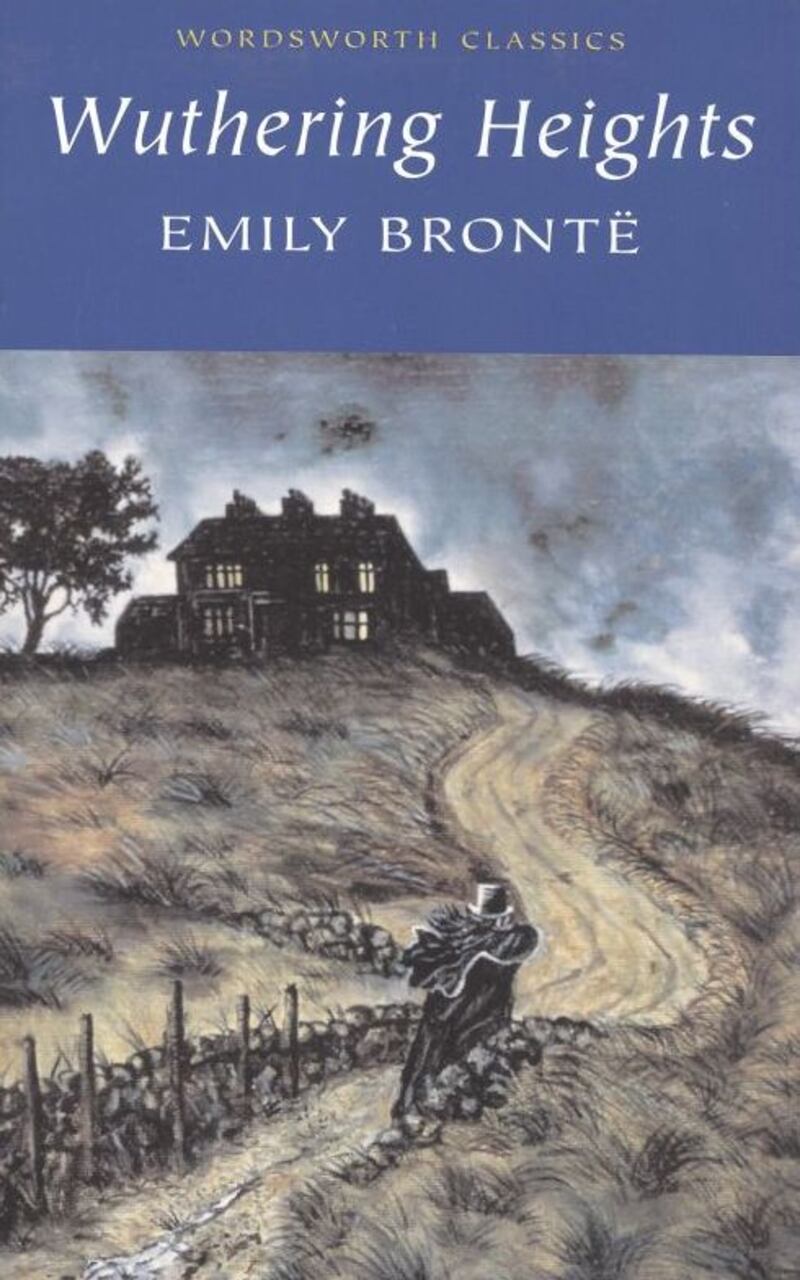
Wuthering Heights (1847), Emily Brontë
Unlucky in love? Try tortured to death by it, as with Brontë’s famous duo Cathy and Heathcliff, who loved not wisely but too well. Set on the wild and windy Yorkshire moors, Cathy’s fateful decision to pick the gentrified Edwin over her true love Heathcliff plays out in an extraordinary tale of longing and loss that haunts the moors and its inhabitants down through generations. A stage adaptation by Anne-Marie Casey is currently playing at the Gate.

Black Beauty (1877), Anna Sewell
Confined to her house because of illness during the final years of her life, Sewell took an enduring love of horses and turned it into a bestselling parable. The author died five months after her only novel was published but lived long enough to see the book’s success. The eponymous horse tells his story in the form of a memoir looking back on his carefree colthood on an English farm, to the hard labour of pulling cabs in London to his happy retirement in the countryside.
Kindness, to animals and humans alike, is the message at the heart of the novel: “There is no religion without love, and people may talk as much as they like about their religion, but if it does not teach them to be good and kind to man and beast, it is all a sham.”
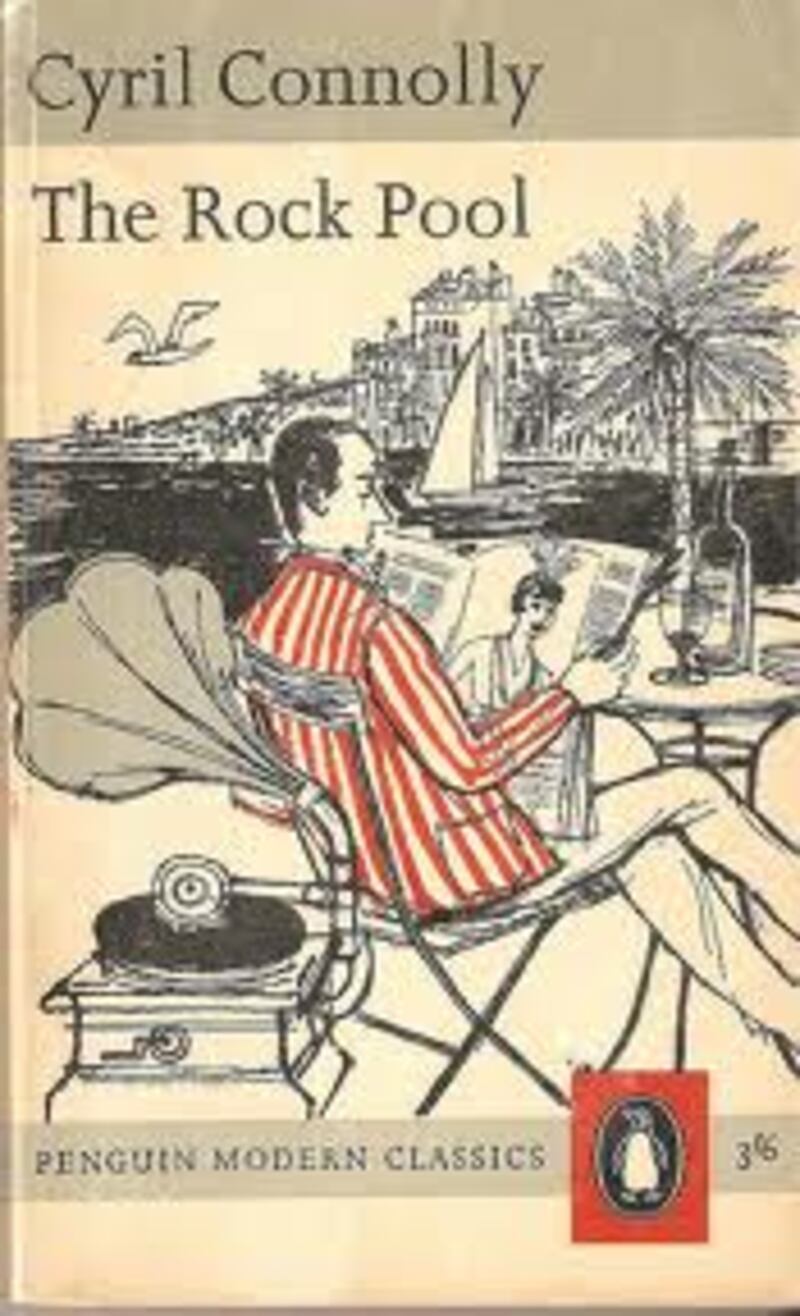
The Rock Pool (1936), Cyril Connolly
The literary critic’s only novel is set in a fictional French seaside town. In search of Riviera style grandeur, the English protagonist Naylor is taken in by the bohemian atmosphere of the town and is soon swindled by its inhabitants. As they rush to leave town, Naylor becomes more ingrained, turning into “just another bum” by the end of the novel.
In Enemies of Promise, a mix of literary criticism and memoir written two years later, Connolly discusses his failure to produce the literary masterpiece which he and others believed him capable of writing.
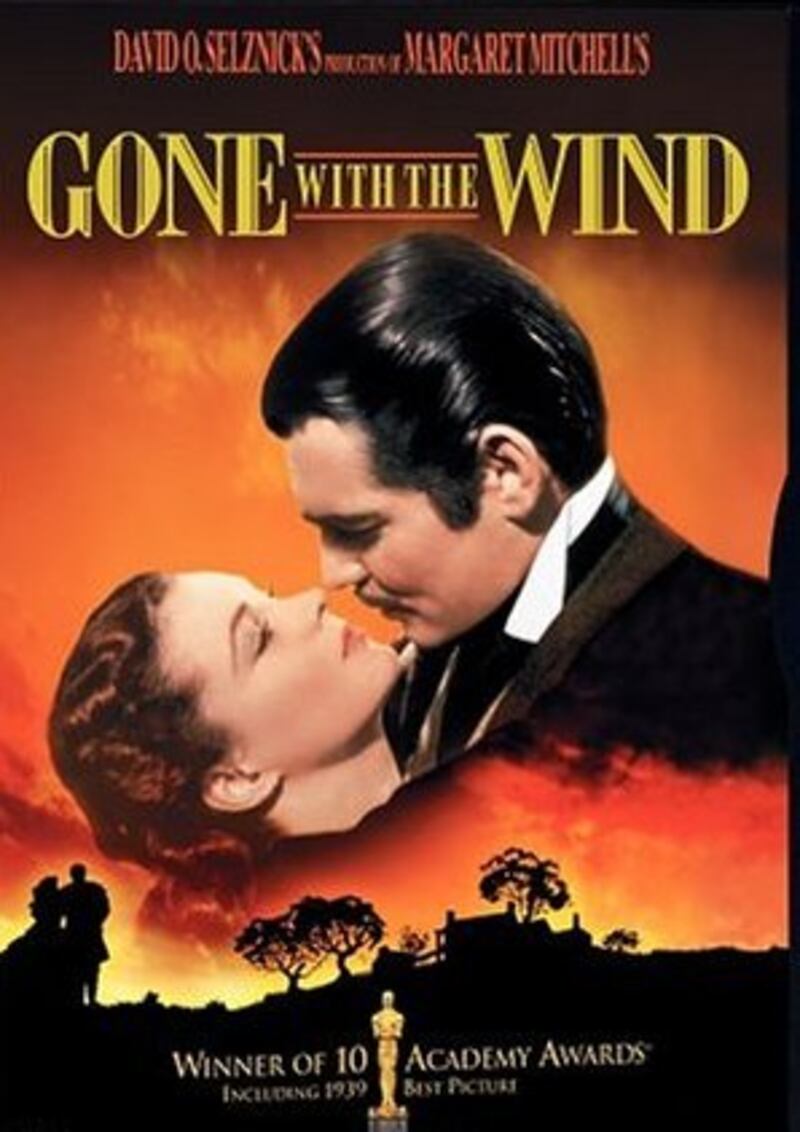
Gone With the Wind (1936), Margaret Mitchell
If you’re only going to have one novel published during your lifetime, why not make it a Pulitzer winner like Margaret Mitchell’s Gone with the Wind. Mitchell’s earlier writings, including a novella, were published posthumously by her estate, who also sanctioned a number of sequels and a parody of Scarlett O’Hara’s story.
Set in the southern states during the American Civil War and Reconstruction Era, the book tells the tale of a wilful and spoilt daughter of a plantation owner, who tries to save her family’s property from ruin. And there’s some guy called Rhett in it too.
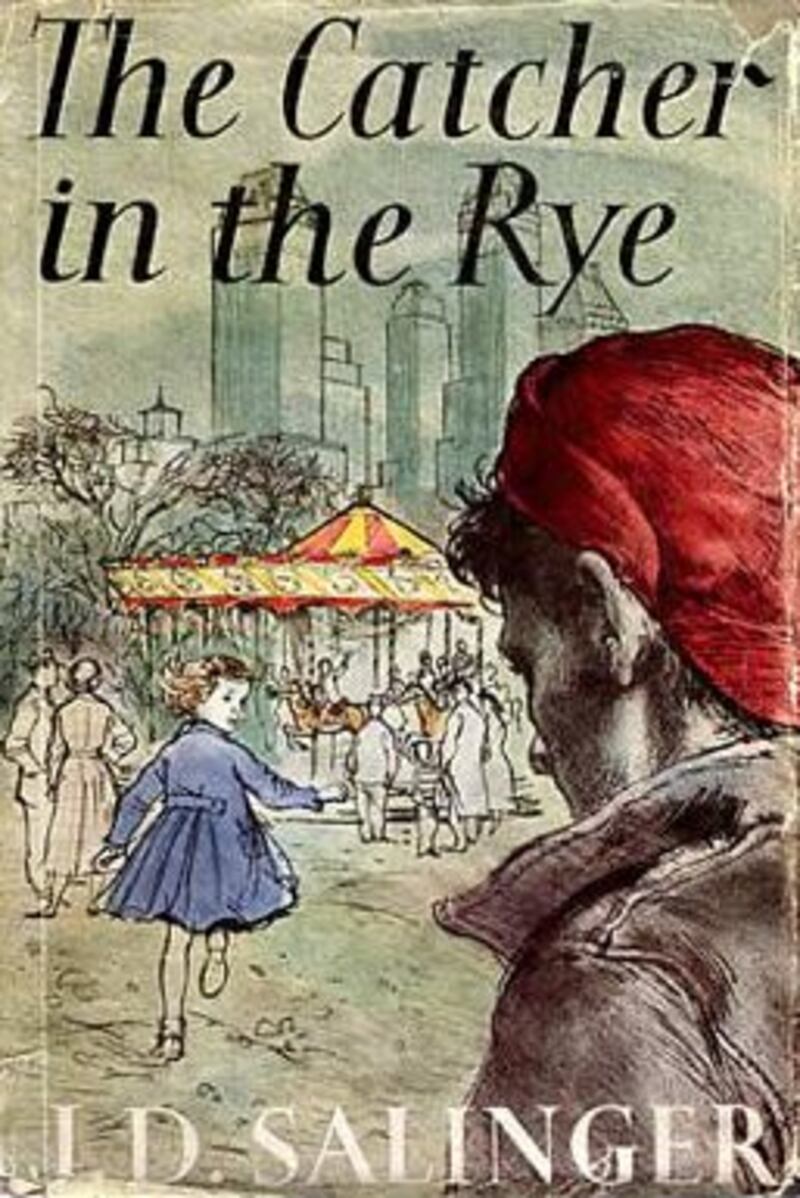
The Catcher in the Rye (1951), JD Salinger
A collection of short stories and a novella followed in the years after Catcher, but the escapades of Holden Caulfield were to be Salinger’s only novel. After getting expelled from his exclusive boarding school, Holden wanders New York City, acting like a grown-up and getting into trouble. Along the way he gets drunk, dumped, has a questionable run-in with an admired teacher and hurtles towards a breakdown as he struggles to make sense of the ‘phony’ adult world around him.
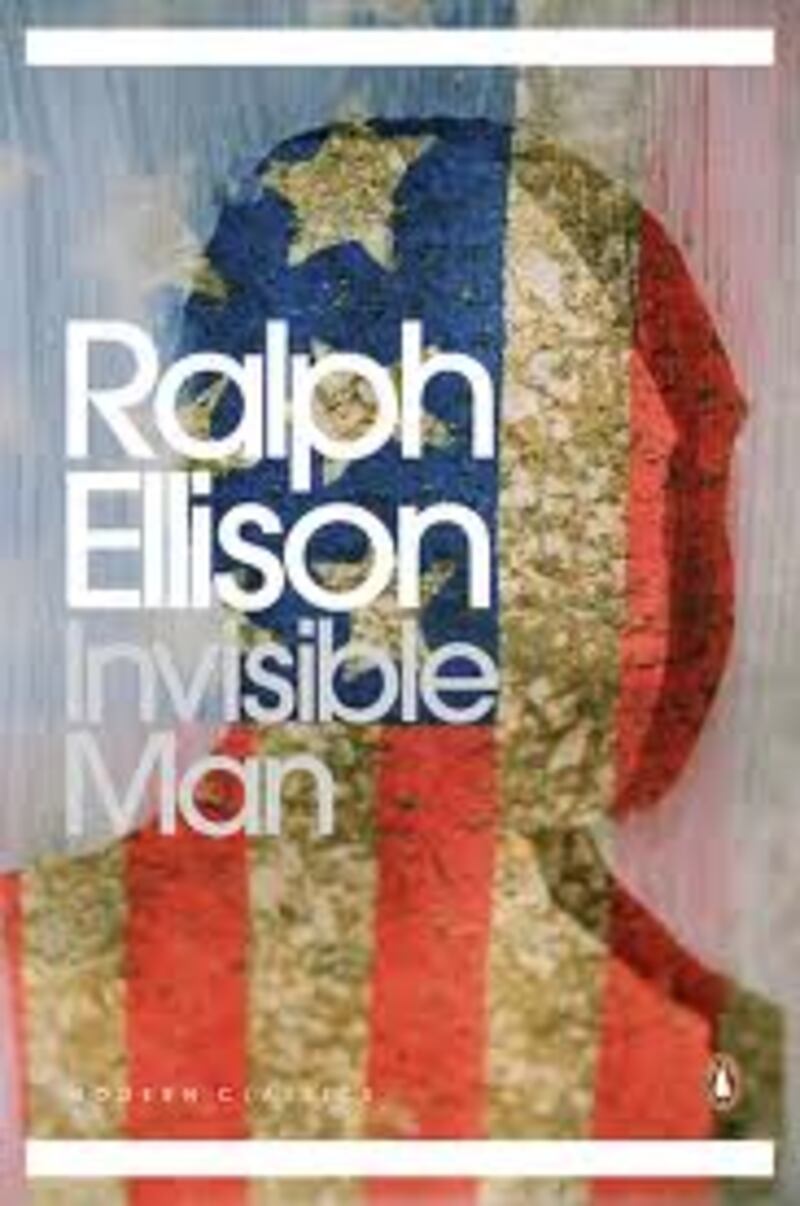
Invisible Man (1952), Ralph Ellison
Although an unfinished manuscript was published posthumously as a second novel, Ellison is best known for his National Book award winning Invisible Man. Drawing inspiration from both TS Eliot’s The Waste Land and Dostoevsky’s Notes from Underground, Ellison sought to fictionalise issues of black nationalism and the social and intellectual problems facing black Americans in the early twentieth century.
The unnamed first person narrator is an African-American man who believes himself to be socially invisible and therefore part of an underground world: “So my task was one of revealing the human universals hidden within the plight of one who was both black and American.”
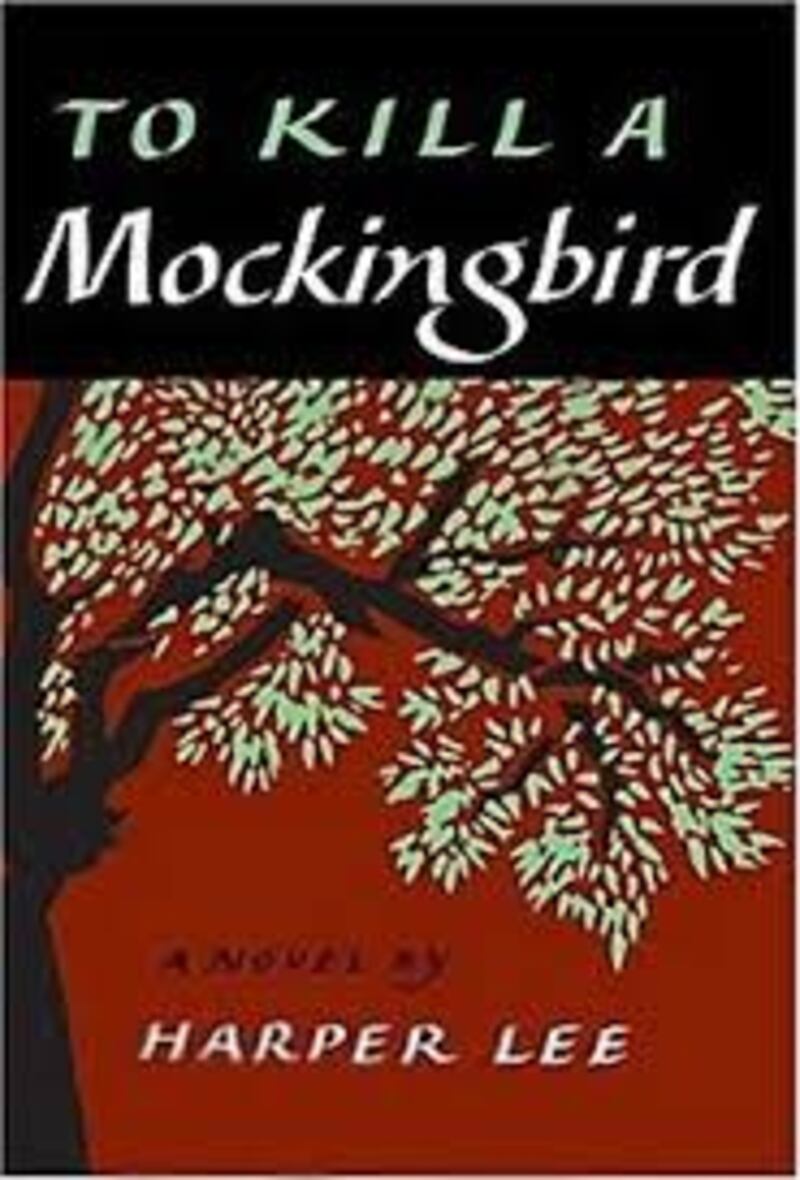
To Kill a Mocking Bird (1960), Harper Lee
The trial of a black man accused of raping of white woman in 1930’s Alabama is at the centre of Harper Lee’s only novel. Defending Tom Robinson is the widowed lawyer Atticus Finch, whose children Scout and Jem learn much about the injustices of the world through the efforts of their father.
A polemic against racial prejudice and a heart-warming coming-of-age tale combine to make this book a classic of American literature, and a perennial on the secondary school curriculum. The book was saved from oblivion by an agent who retrieved it after Lee threw the manuscript out a window into the snow.
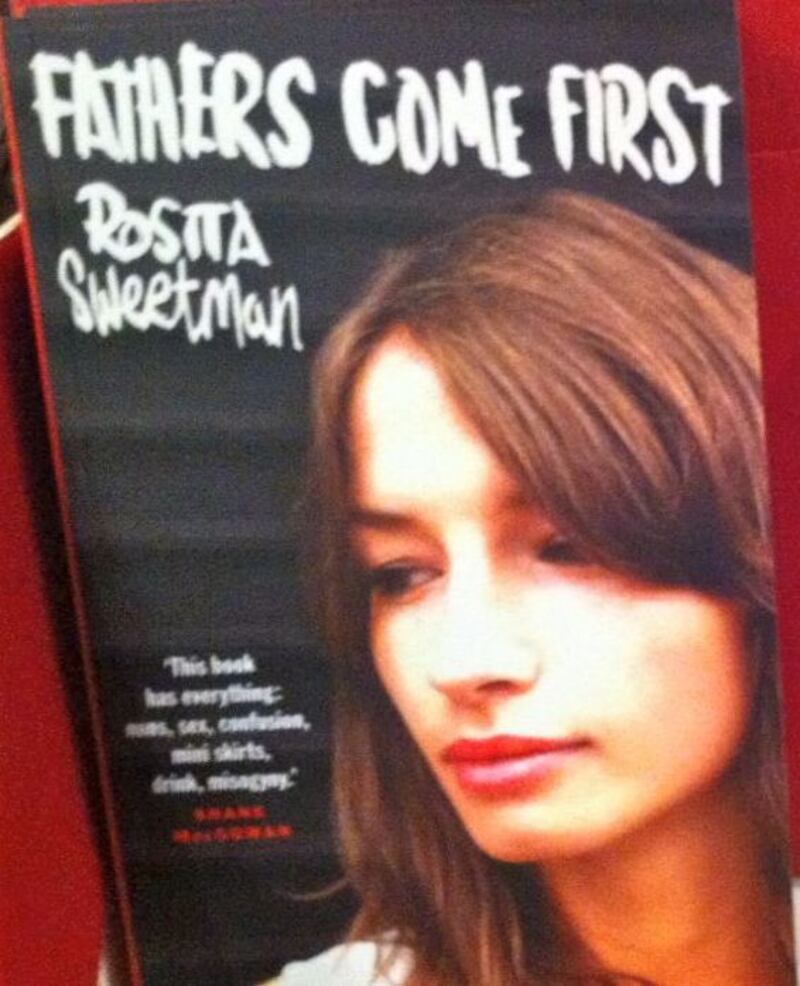
Fathers Come First (1974), Rosita Sweetman
Sweetman’s only novel, written when the author was just 23, sold more than 60,000 copies in its first year. The book relates the efforts of a young woman, Lizzie O’Sullivan, to cast off her Catholic boarding school upbringing and find her voice in the seedy and God-fearing society of 1970s Dublin.
A feminist writer and journalist, Sweetman captures Lizzie’s struggle to break free from a patriarchal society - and an abusive, misogynist boyfriend - that wanted her to look pretty and keep schtum. The novel has been recently re-issued by Lilliput for its fortieth anniversary.
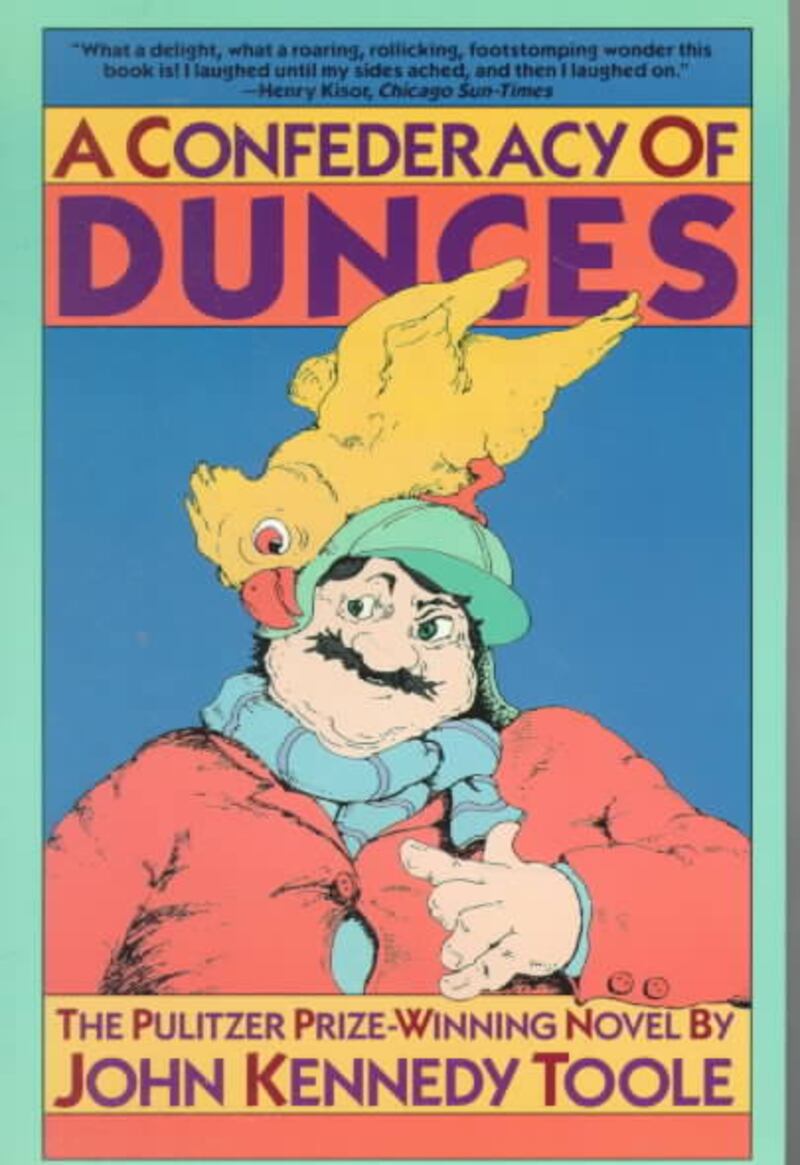
A Confederacy of Dunces (1980), John Kennedy Toole
Toole had two novels published posthumously, but it’s A Confederacy of Dunces for which he is remembered. Eleven years after the author committed suicide, his mother succeeded in getting the novel published. Detailing the comic misadventures of the slothful and self-important Ignatius J Reilly in sixties New Orleans, the book went on to win a posthumous Pulitzer for Toole.
The title comes from an epigraph from Jonathan Swift’s essay ‘Thoughts on Various Subjects, Moral and Diverting’: “When a true genius appears in the world, you may know him by this sign, that the dunces are all in confederacy against him.”

The God of Small Things (1997), Arundhati Roy
Rumours of a second novel from the Indian writer and activist Arundhati Roy emerge every so often, but to date she has not yet followed her Booker winning debut The God of Small Things. Set in a small town in Kerala, the book tells the story of fraternal twins Rahel and Estha, who grow up in a moderately wealthy family obsessed with notions of caste and tradition.
The confined lives of women and lower caste Indians is the core of the novel, which sees the misery handed down magnificently through generations.








